In an era where plastic pollution is an escalating global crisis, bamboo is emerging as a versatile and sustainable alternative. With its rapid growth, strength, and biodegradability, bamboo is being harnessed to create hundreds of products that can effectively replace plastic. From utensils and toothbrushes to packaging materials and clothing, bamboo-made items are becoming increasingly popular for their eco-friendly benefits. This shift not only helps reduce plastic waste but also supports a more sustainable and environmentally conscious lifestyle.
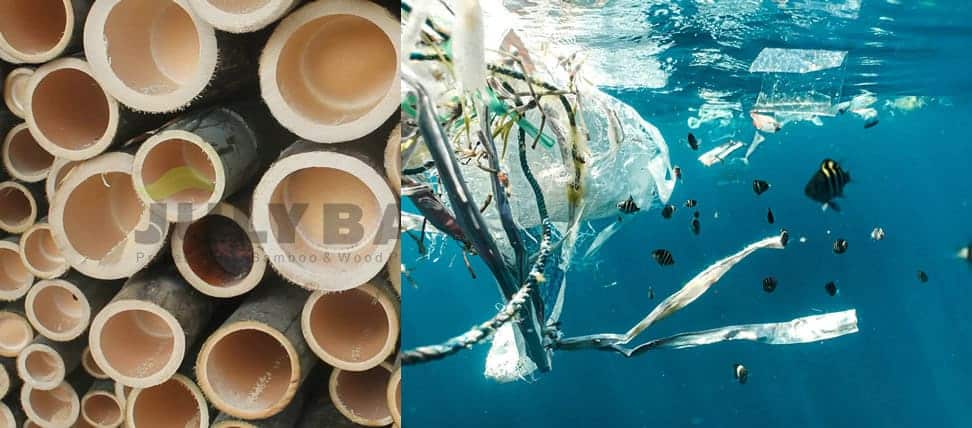
The movement towards bamboo products aligns with the objectives of the Single-Use Plastics Directive (SUPD), an initiative aimed at reducing the impact of certain plastic products on the environment.

What is Single-Use Plastics Directive?
The Single-Use Plastics Directive (SUPD) is a regulatory framework enacted by the European Union (EU) to address the environmental challenges posed by single-use plastic products. Adopted in 2019, the SUPD aims to reduce plastic pollution, particularly in marine environments, by targeting the most commonly found plastic items on European beaches.
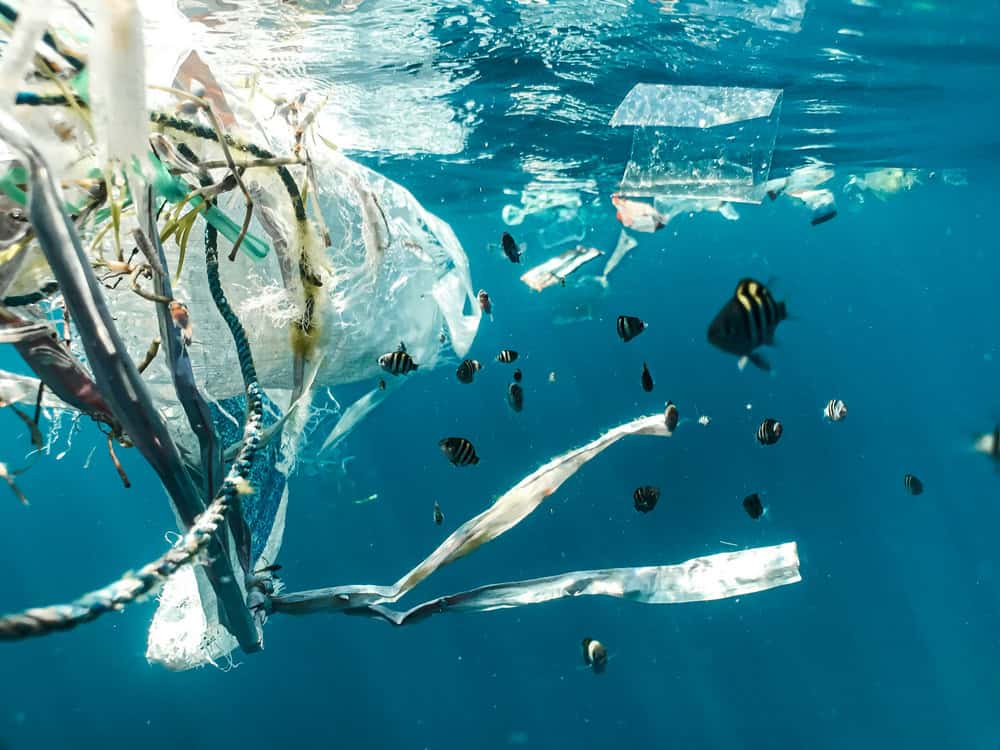
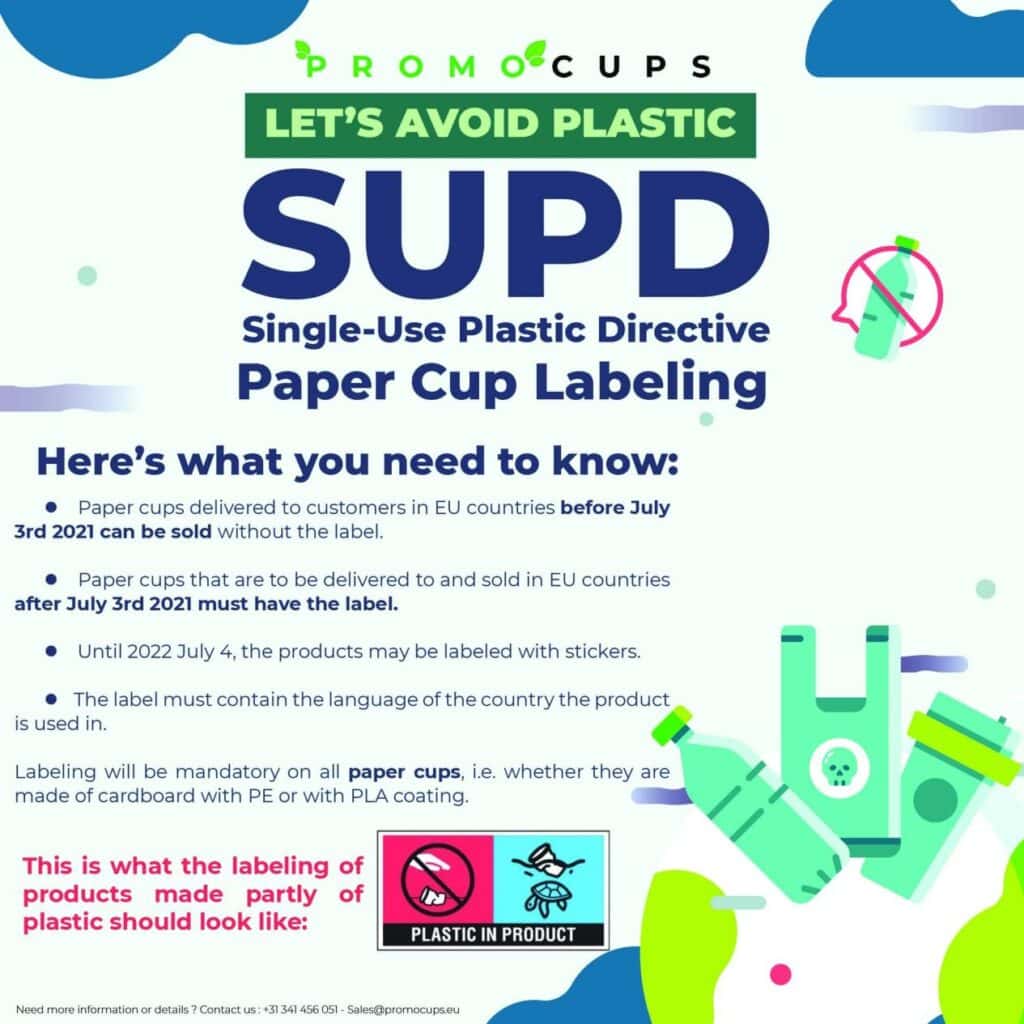
Key Objectives:
- Reduction in Plastic Waste: The directive seeks to significantly reduce the consumption of single-use plastic products and the pollution they cause.
- Promotion of Sustainable Alternatives: Encouraging the use of sustainable and reusable alternatives to single-use plastics.
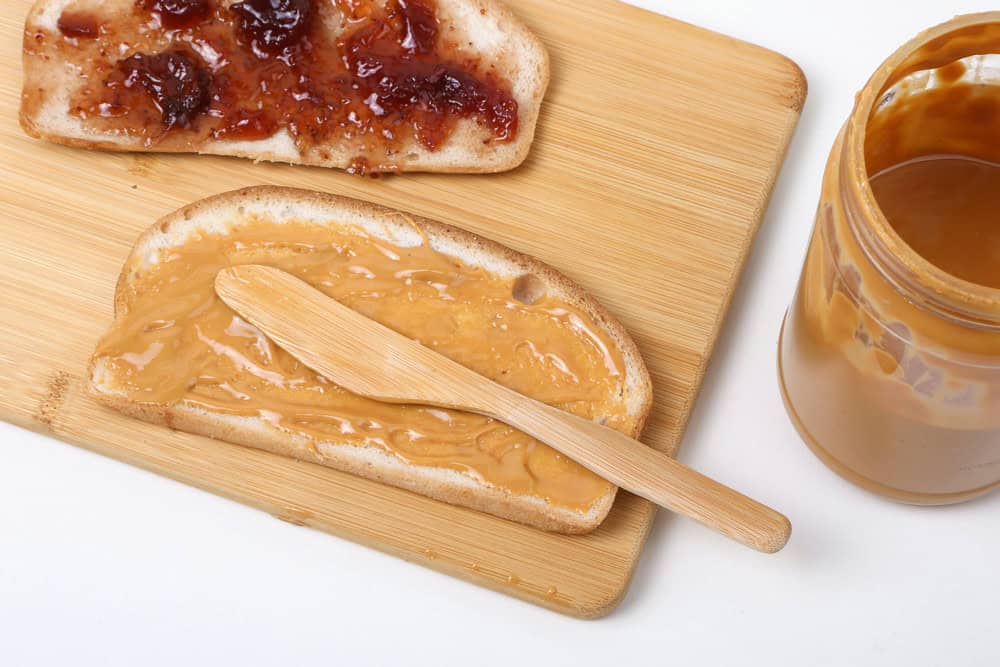
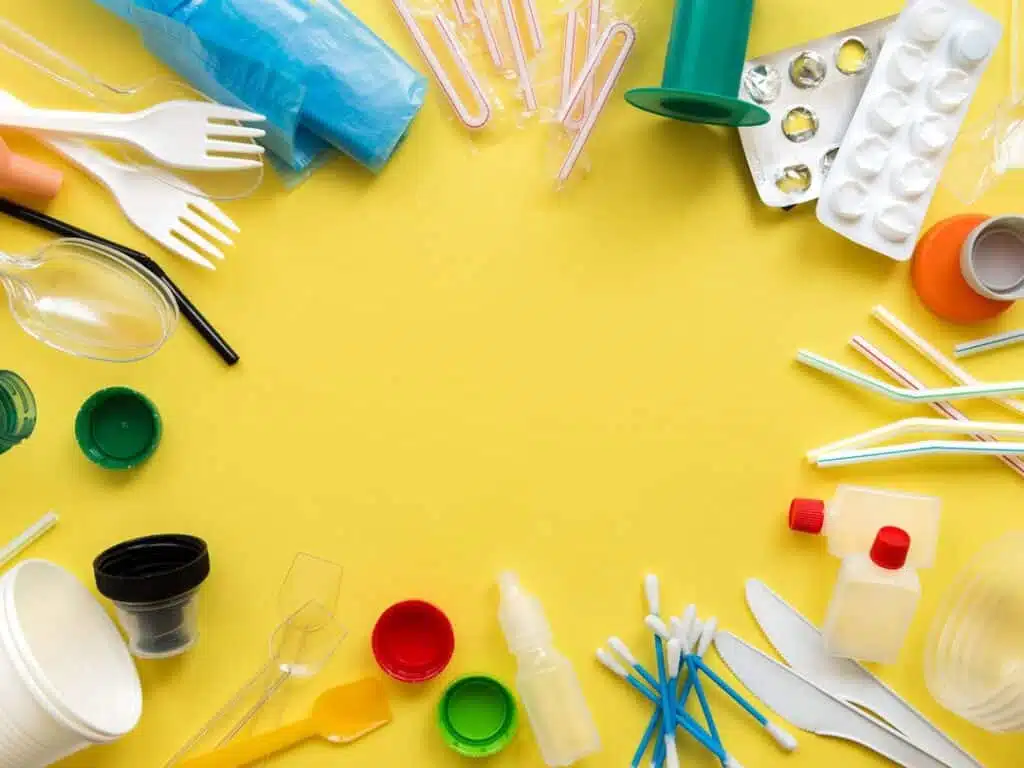
Key Measures:
- Bans on Certain Products: Prohibits the sale of specific single-use plastic products for which alternatives are readily available, such as plastic cutlery, plates, straws, stir sticks, cotton buds, and balloon sticks.
- Consumption Reduction: Targets a significant reduction in the use of other single-use plastic items like food containers and beverage cups, through national reduction measures.
- Product Design Requirements: Introduces design requirements for certain products, such as beverage bottles, to ensure they are made from recycled materials and have attached caps and lids.
- Extended Producer Responsibility: Manufacturers of plastic products are required to cover the costs of waste management, cleanup, and public awareness campaigns.
- Labelling Requirements: Mandates clear labeling on products to inform consumers about the presence of plastics, the proper disposal methods, and the environmental impact.
Collection Targets: Sets ambitious targets for the collection of plastic bottles for recycling, aiming for a 90% collection rate by 2029.
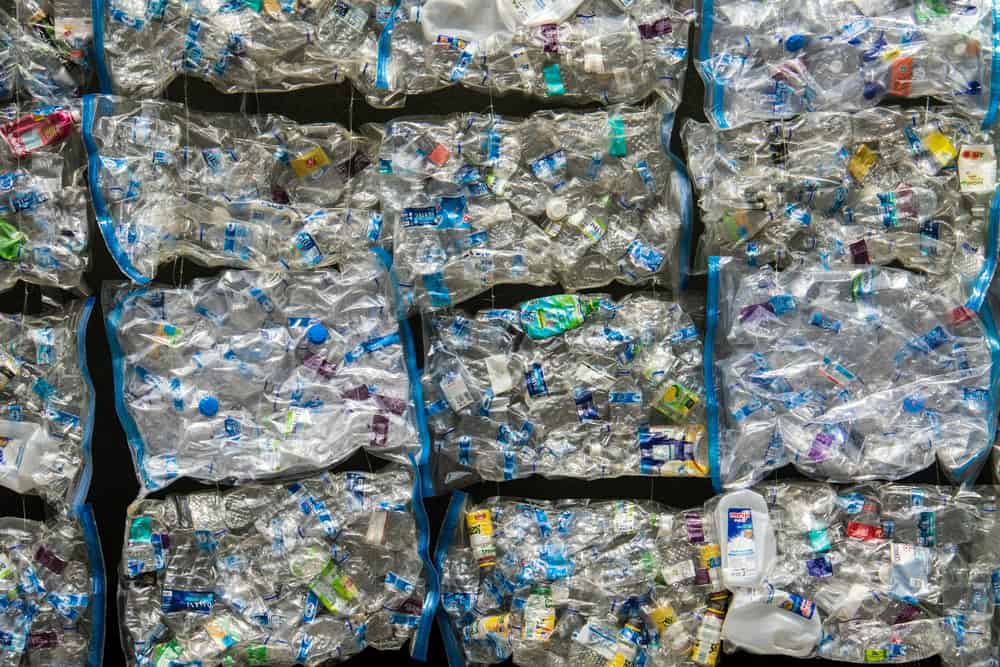
Impact:
The SUPD is part of the EU’s broader strategy to transition towards a circular economy, reducing waste and promoting recycling and reuse. By addressing the life cycle of plastic products, from production to disposal, the directive aims to minimize environmental harm and foster sustainable consumption patterns.
According to SUPD,what kind of products we can replace by bamboo ?
The Single-Use Plastics Directive (SUPD) of the European Union aims to reduce the environmental impact of certain plastic products. Bamboo, as a sustainable and biodegradable material, is promoted as an alternative to various single-use plastic products. Here are some types of products that can be replaced by bamboo according to the principles and goals of the SUPD:
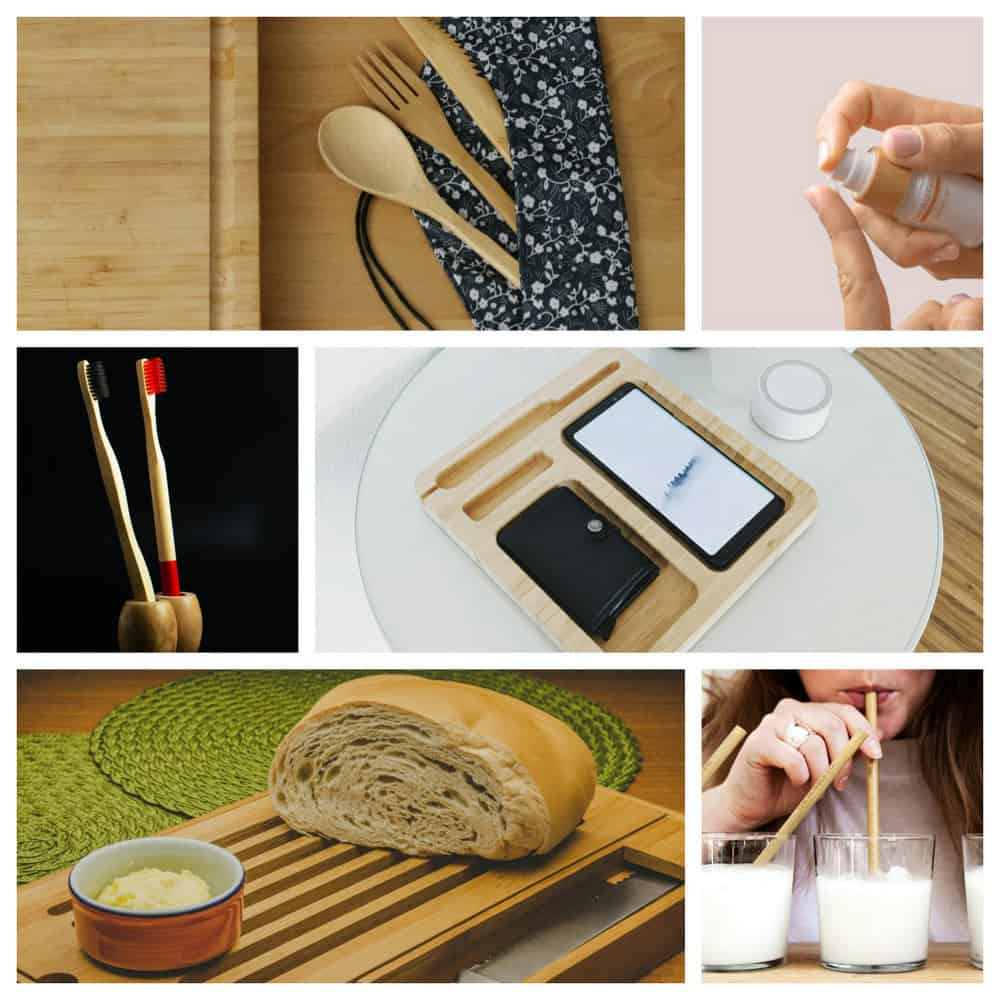
- Cutlery: Bamboo forks, knives, and spoons can replace single-use plastic cutlery.
- Plates and Bowls: Bamboo plates and bowls are a sustainable alternative to plastic ones.
- Straws: Bamboo straws are reusable and biodegradable, offering a viable alternative to plastic straws.
- Stir Sticks: Bamboo stir sticks can replace plastic versions commonly used in beverages.
- Cotton Buds: Bamboo sticks with cotton tips can be used instead of plastic-stemmed cotton buds.
- Toothbrushes: Bamboo toothbrushes are an eco-friendly replacement for plastic toothbrushes.
- Packaging: Bamboo-based packaging materials can replace plastic packaging for various products.
- Drinkware: Bamboo cups and mugs can be used instead of plastic or styrofoam drinkware.
- Bags: Bamboo fiber bags can serve as alternatives to plastic bags for carrying goods.
By replacing these single-use plastic products with bamboo alternatives, significant progress can be made towards reducing plastic waste and its environmental impact, aligning with the objectives of the SUPD.
How to produce bamboo cutlery ,plates and bowls, and straws ?
Producing bamboo cutlery, plates and bowls, and straws involves several steps, from raw material preparation to final product shaping and finishing. Here’s an overview of the production process for each of these bamboo products:
Bamboo Cutlery
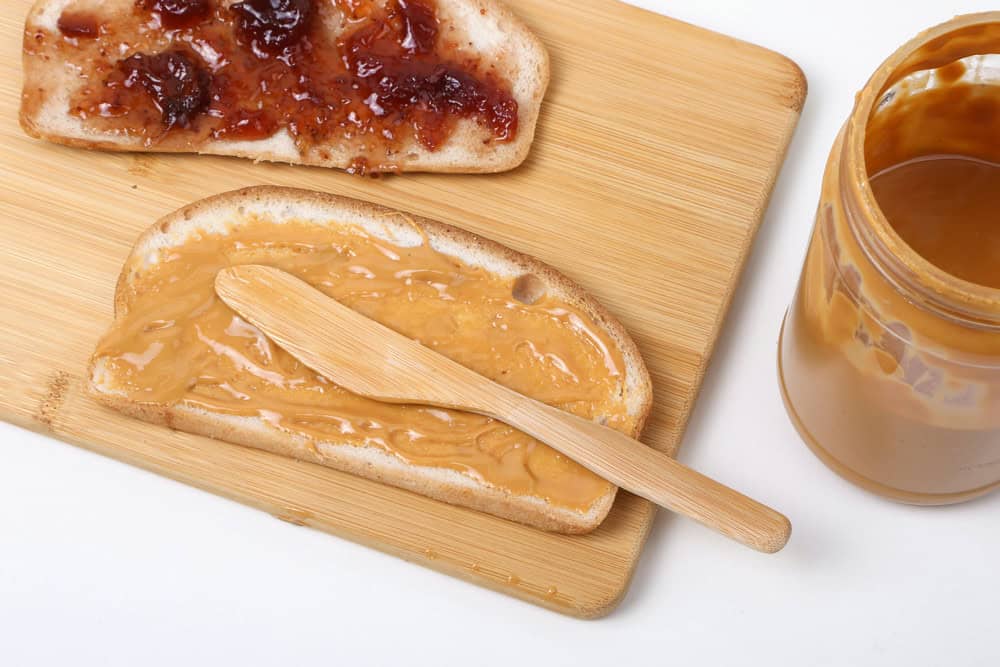
Steps:
- Harvesting: Mature bamboo culms (stalks) are harvested, usually when they are 3-5 years old.
- Splitting and Sizing: The culms are split into smaller sections and sized according to the dimensions required for cutlery.
- Boiling and Treating: The bamboo pieces are boiled in water, often with a natural preservative like vinegar or salt, to remove sugars and starches that can attract pests.
- Drying: The treated bamboo pieces are thoroughly dried to reduce moisture content and prevent mold.
- Shaping: The dried bamboo pieces are cut and shaped into forks, knives, and spoons using cutting tools or CNC machines.
- Sanding: The shaped cutlery is sanded to ensure smooth edges and surfaces.
- Polishing and Finishing: The cutlery is polished, and sometimes a food-safe finish or oil is applied to enhance durability and appearance.
Bamboo Plates and Bowls
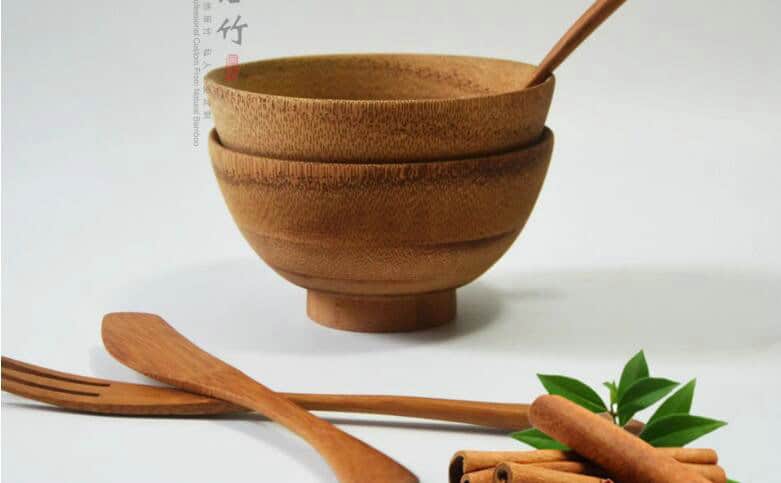
Steps:
- Harvesting and Treating: Similar to cutlery, mature bamboo is harvested and treated by boiling to remove sugars and starches.
- Splitting and Flattening: The bamboo is split and flattened. For plates and bowls, bamboo strips may be laminated together to form larger, flat sheets.
- Molding: The bamboo sheets or strips are placed into molds of the desired shape and size. For bowls, this often involves pressing the bamboo into a concave mold.
- Drying and Curing: The molded bamboo is dried and cured to harden the shape.
- Sanding and Finishing: The plates and bowls are sanded for smoothness and then finished with a food-safe sealant to protect against moisture and staining.
Bamboo Straws
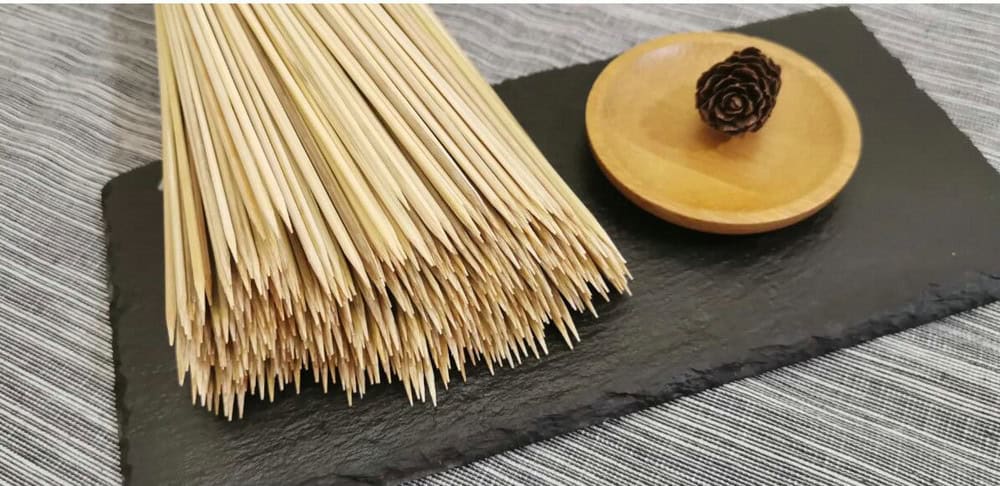
Steps:
- Selecting and Cutting: Straight bamboo stalks of the appropriate diameter are selected and cut into lengths suitable for straws.
- Cleaning and Boiling: The cut bamboo pieces are cleaned and boiled to sterilize and remove any residues.
- Drying: The boiled bamboo straws are dried thoroughly to prevent mold and ensure durability.
- Smoothing: The inner and outer surfaces of the bamboo straws are smoothed using sandpaper or a similar abrasive to ensure a pleasant drinking experience.
- Finishing: The bamboo straws might be polished and sometimes treated with a natural oil to enhance durability and appearance.
General Considerations
- Sustainability: Ensure sustainable harvesting practices to maintain bamboo populations.
- Quality Control: Consistent quality checks at each stage of production to ensure product safety and durability.
- Machinery: Utilizing appropriate machinery for cutting, shaping, and molding to achieve precision and efficiency.
- Certification: Compliance with food safety and environmental standards, obtaining certifications like FDA approval for food contact materials.
By following these steps, manufacturers can produce high-quality, eco-friendly bamboo cutlery, plates and bowls, and straws, aligning with sustainability goals and reducing reliance on single-use plastics.
HOW TO PRODUCE Stir Sticks, Cotton Buds, Toothbrushes, Packaging, Drinkware, Bags?
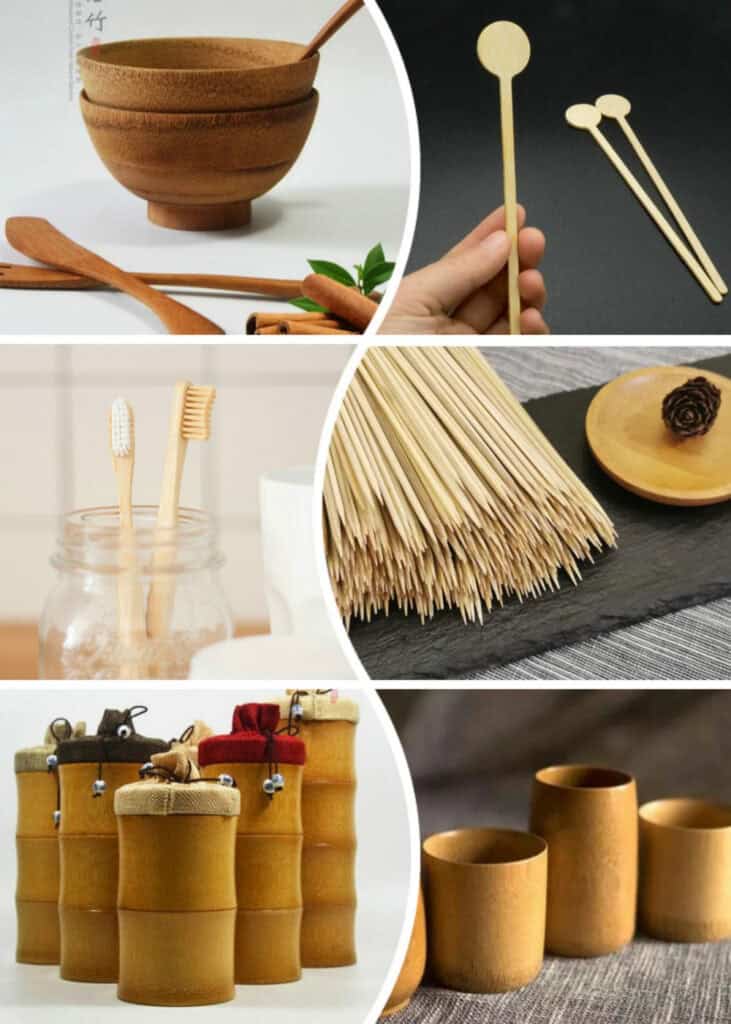
1. Bamboo Stir Sticks
Steps:
- Harvesting: Select mature bamboo culms (3-5 years old) for optimal strength and durability.
- Cutting and Splitting: Cut the bamboo into segments and split into thin strips.
- Sizing: Trim the strips to the desired length and thickness for stir sticks.
- Boiling and Treating: Boil the bamboo strips to remove sugars and prevent pest infestation.
- Drying: Dry the treated strips thoroughly.
- Sanding: Sand the stir sticks to ensure smooth edges and surfaces.
- Finishing: Optionally, apply a food-safe finish or oil for additional durability.
2. Bamboo Cotton Buds
Steps:
- Harvesting and Sizing: Harvest bamboo and cut into small, thin sticks for the cotton bud handles.
- Treating and Drying: Boil and dry the sticks to remove sugars and ensure durability.
- Shaping and Smoothing: Smooth and round the ends of the sticks.
- Cotton Application: Attach small amounts of cotton to both ends of each stick using a water-based adhesive.
- Sterilizing: Sterilize the cotton buds to ensure hygiene.
- Packaging: Package the cotton buds in eco-friendly, biodegradable packaging.
3. Bamboo Toothbrushes
Steps:
- Harvesting and Sizing: Harvest mature bamboo and cut into segments suitable for toothbrush handles.
- Shaping: Shape the bamboo segments into ergonomic toothbrush handles using cutting and sanding tools.
- Boiling and Treating: Boil the handles to remove sugars and prevent mold.
- Drying: Dry the handles thoroughly.
- Bristle Attachment: Drill small holes in the handle and attach biodegradable or nylon bristles using a secure anchoring method.
- Finishing: Sand the handles and optionally apply a food-safe finish.
- Packaging: Package the toothbrushes in biodegradable materials.
4. Bamboo Packaging
Steps:
- Harvesting and Processing: Harvest bamboo and process into thin strips or sheets.
- Molding and Shaping: For rigid packaging, mold the bamboo strips/sheets into desired shapes using heat and pressure.
- Laminating: For flexible packaging, laminate bamboo sheets together for added strength.
- Cutting and Assembly: Cut the bamboo material into packaging shapes and assemble as needed (e.g., boxes, wraps).
- Finishing: Apply a food-safe finish if required for food packaging.
- Printing and Branding: Print labels or branding on the packaging using eco-friendly inks.
- Quality Control: Ensure all packaging meets required standards for durability and safety.
5. Bamboo Drinkware (Cups and Mugs)
Steps:
- Harvesting and Sizing: Harvest mature bamboo and cut into segments suitable for drinkware.
- Shaping and Molding: Shape the bamboo segments into cup or mug shapes using molds or turning tools.
- Boiling and Treating: Boil the drinkware to remove sugars and prevent mold.
- Drying: Dry the drinkware thoroughly to prevent cracking.
- Sanding: Sand the drinkware to ensure smooth surfaces inside and out.
- Finishing: Apply a food-safe sealant to make the drinkware water-resistant.
- Quality Control: Inspect for durability and finish quality.
6. Bamboo Bags
Steps:
- Harvesting and Processing: Harvest bamboo and process into fibers.
- Weaving: Weave the bamboo fibers into fabric or use bamboo strips for structured bags.
- Cutting and Sewing: Cut the bamboo fabric or strips into desired shapes and sew or assemble into bags.
- Reinforcing: Add reinforcements to stress points to ensure durability.
- Finishing: Apply any desired finishes, such as waterproofing treatments.
- Quality Control: Inspect for strength, durability, and overall quality.
- Branding and Packaging: Attach labels or branding and package in eco-friendly materials.
General Considerations for All Products
- Sustainability: Implement sustainable harvesting practices to avoid depleting bamboo resources.
- Quality Control: Conduct consistent quality checks throughout the production process.
- Machinery and Tools: Use appropriate machinery and tools for precision and efficiency in shaping and finishing products.
- Certification: Ensure compliance with relevant food safety, hygiene, and environmental standards, and obtain necessary certifications.
By following these steps, manufacturers can produce high-quality, eco-friendly bamboo products that serve as sustainable alternatives to their plastic counterparts.
When using bamboo-made products to replace plastic, what should we pay attention to?
When using bamboo-made products to replace plastic, several factors should be considered to ensure that the transition is both environmentally beneficial and practical. Here are key considerations:
1. Sustainability and Sourcing
- Sustainable Harvesting: Ensure that the bamboo is harvested sustainably, without causing deforestation or depleting natural bamboo forests. Look for certifications such as FSC (Forest Stewardship Council) to guarantee sustainable practices.
- Local Sourcing: Whenever possible, source bamboo locally to reduce the carbon footprint associated with transportation.
2. Quality and Durability
- Product Quality: Ensure that bamboo products are of high quality and durable. Poor-quality products may break easily, negating the environmental benefits by requiring frequent replacements.
- Treatment Processes: Verify that the bamboo has been properly treated to prevent mold, pests, and degradation. This includes boiling and drying processes that remove sugars and starches.
3. Health and Safety
- Food Safety: For bamboo products that come into contact with food, ensure they are finished with food-safe coatings or sealants to prevent any potential contamination.
- Non-Toxic Finishes: Use non-toxic, eco-friendly finishes and adhesives that do not release harmful chemicals.
4. Environmental Impact
- Biodegradability: Ensure that the bamboo products are fully biodegradable or compostable and do not contain non-biodegradable additives.
- End-of-Life Disposal: Educate consumers about the proper disposal of bamboo products. Composting is ideal, but ensure that the products do not end up in landfills where they might not decompose efficiently.
5. Economic and Social Factors
- Fair Trade Practices: Support manufacturers that follow fair trade practices, ensuring that workers are paid fairly and work in safe conditions.
- Cost Considerations: Bamboo products can sometimes be more expensive than plastic. Evaluate the cost-effectiveness and long-term savings from reduced environmental impact and potentially longer product life.
6. Consumer Education
- Awareness Campaigns: Educate consumers about the benefits of bamboo products over plastic and how to properly care for and dispose of them.
- Usage Instructions: Provide clear usage and care instructions to ensure that bamboo products are maintained properly and last as long as possible.
7. Regulations and Standards
- Compliance: Ensure that bamboo products comply with local and international regulations and standards for safety, environmental impact, and quality.
- Certifications: Look for products that have relevant certifications, such as FSC for sustainable sourcing and FDA approval for food safety.
8. Innovation and Design
- Product Design: Innovate in product design to make bamboo products as functional and user-friendly as their plastic counterparts.
- Packaging: Use eco-friendly packaging for bamboo products to further reduce environmental impact.
Transitioning to bamboo-made products from plastic requires attention to sustainability, quality, health and safety, environmental impact, economic factors, consumer education, regulatory compliance, and innovative design. By addressing these areas, the benefits of using bamboo can be maximized, contributing to a more sustainable and eco-friendly future.
Conclusion
The widespread adoption of bamboo-based products in place of traditional plastics has the potential to significantly benefit the environment and contribute to a more sustainable future. Bamboo, as a fast-growing and renewable resource, offers a biodegradable and eco-friendly alternative to petroleum-based plastics, which are notorious for their environmental pollution and persistence in ecosystems.

By reducing plastic pollution, especially in our oceans, bamboo products can help protect marine life and maintain healthier ecosystems. Additionally, the cultivation and use of bamboo can contribute to carbon sequestration, helping to mitigate climate change. Economically, the shift towards bamboo-based products can create new markets, drive innovation, and generate employment opportunities, particularly in regions where bamboo is plentiful.
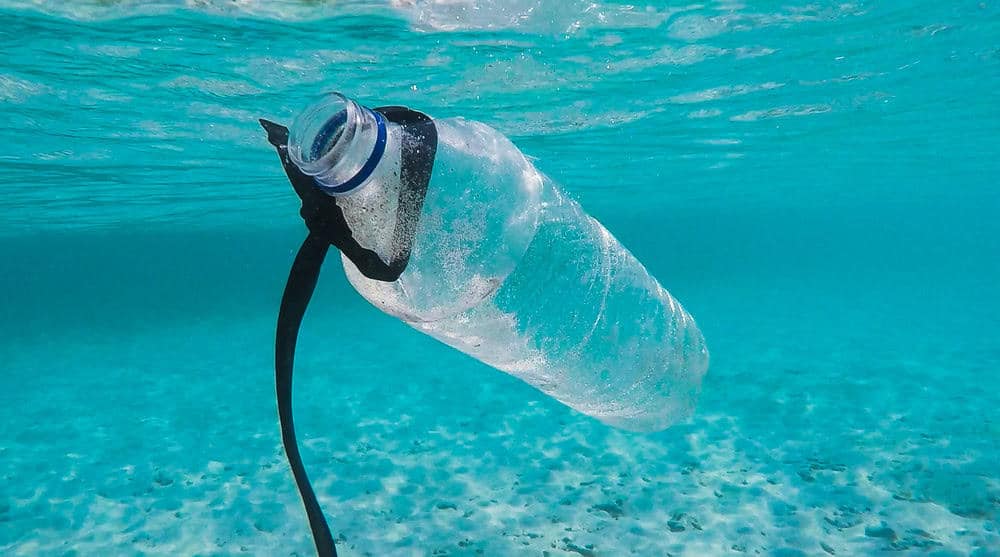
However, for bamboo to truly make a global impact, it requires collective effort and conscious choices from individuals, businesses, and policymakers. We must ensure sustainable harvesting practices, develop efficient processing infrastructure, and promote consumer awareness and acceptance of bamboo products. Furthermore, addressing challenges related to scalability, cost competitiveness, and regulatory compliance is essential for the success of this green transition.

